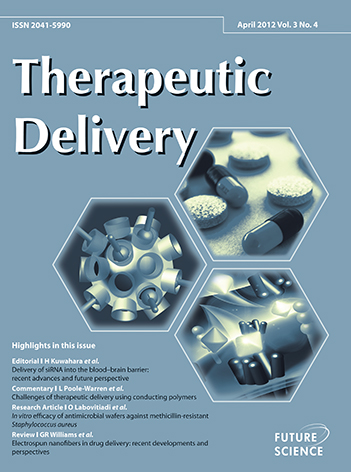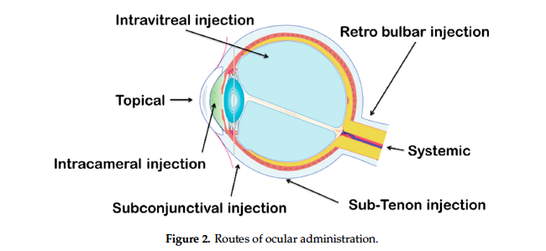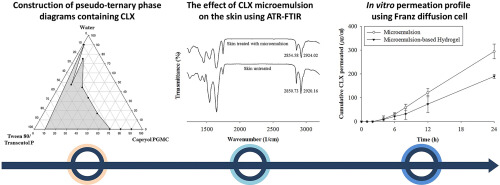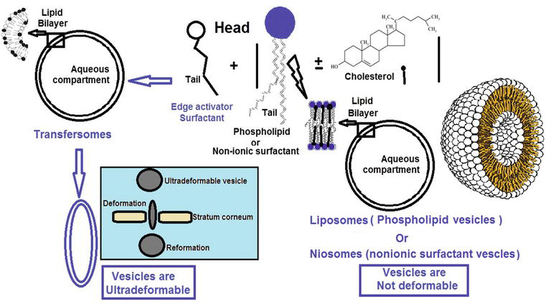- Home
- Blog
- News
- Basics
- Sources
- Agencies, Regulatory & Organisations
- CERSI Excipients Browser
- Excipient Report
- Excipient DMF List
- EXCiPACT Certified Companies
- Excipient Documentation
- Excipient EINECS Numbers
- Excipient E-Numbers
- FDA Inactive Ingredient List
- FDA GRAS Substances (SCOGS) Database
- IPEC Americas
- USP - U.S. Pharmacopeia
- Definitions
- Whitepapers / Publications
- Supplier
- Services
- Media
- Events
- 1st pharmaexcipients Poster Award
- Event Calendar
- Events featured by pharma-excipients
- 4th Annual Formulation & Drug Delivery Congress
- DDF Summit
- ExcipientFest Americas
- ExcipientFest Asia
- Global CompliancePanel
- International Conference and Exhibition on Pharmaceutics & Novel Drug Delivery Systems
- Formulation & Drug Delivery USA Congress
- Laboratory Medicine 2018
- Making Pharmaceuticals Europe
- Making Pharmaceuticals Exhibition
- Pharma Integrates
- PharmaExcipients China @CPhI China
- TTC Technology Training Center
- Jobs
- Online Sourcing
- Contact
02. October 2018
The production of 3D-printed drugs holds promise for future personalized medicine. Here, we prepared tablets containing naftopidil as a model drug using a semi-solid extrusion-type 3D bioprinter applicable for tissue engineering. A hydrogel is typically used as the printer ink for 3D bioprinters, and we incorporated various amounts of hydroxypropyl methylcellulose hydrogel (30%, 40% and 50% gel) into the printer ink. The resulting 3D-printed gel product was dried to obtain tablets. The...
04. June 2018
Complex hydrogels formed with chitosan (CS) and ring-opened polyvinyl pyrrolidone (roPVP) as a swellable mucoadhesive gastroretentive drug dosage form (smGRDDF) were prepared and characterized. CS/roPVP hydrogels were produced by blending CS with roPVP obtained by basic treatment of PVP. Effects of the heating time and NaOH concentration employed for preparing roPVP, and CS molecular weights (Mws), and roPVP/CS ratios on the swelling ability of the resultant hydrogels were characterized....
13. February 2018
Hydrogels are, from a commercial perspective especially because of their ease of production, attractive sustained-release systems for high potent immunoglobulins with short circulation half-lives. Hydrogel formulations can reduce the dosing frequency while maintaining therapeutically relevant drug concentrations locally as well as systemically.
09. February 2018
Modern medicine, biological research, and clinical diagnostics depend on the reli- able supply and storage of complex biomolecules. However, biomolecules are inherently susceptible to thermal stress and the global distribution of value-added biologics, including vaccines, biotherapeutics, and Research Use Only (RUO) proteins, requires an integrated cold chain from point of manufacture to point of use. To mitigate reliance on the cold chain, formulations have been engineered to protect biologics
29. January 2018
In this study, we evaluated contact lenses as drug delivery media and the effect of tear physiological pH on drug release behavior. Anionic or cationic hydroxyethyl methacrylate (HEMA) lenses were polymerized with either vinylpyrrolidone (VP) or N-isopropylacrylamide (NIPAAm). The pH of artificial tears was prepared as between 5.8 and 8.35. One of common treatments, hydroxypropyl methylcellulose (HPMC), to dry eye disease was used as a test drug.
26. January 2018
The last fifty years, ophthalmic drug delivery research has made much progress,
challenging scientists about the advantages and limitations of this drug delivery approach. Topical eye
drops are the most commonly used formulation in ocular drug delivery. Despite the good tolerance
for patients, this topical administration is only focus on the anterior ocular diseases and had a high
precorneal loss of drugs due to the tears production and ocular barriers. Antibiotics are popularly
used in solution
23. January 2018
Poloxamers, also known as Pluronics®, are block copolymers of poly(ethylene oxide) (PEO) and poly(propylene oxide) (PPO), which have an amphiphilic character and useful association and adsorption properties emanating from this. Poloxamers find use in many applications that require solubilization or stabilization of compounds and also have notable physiological properties, including low toxicity. Accordingly, poloxamers serve well as excipients for pharmaceuticals.
03. December 2017
The aims of this study are to prepare and characterize a microemulsion-based hydrogel containing celecoxib (CLX) for transdermal delivery. Pseudo-ternary phase diagrams containing 0.74% (w/w) CLX were constructed usingawater titration method. The mixture exhibiting the largest area of the microemulsionregion was selected. The effect of the ratio of oil to themixtureof surfactant and cosurfactant (O/Smix) on in vitro skin permeation was investigated. Attenuated total reflectance-Fourier...
18. November 2017
The objective of the present study was to develop rectal mucoadhesive hydrogels loaded with Tolmetin Sodium, a non-steroidal anti-inflammatory drug, for prolonged duration of action and increased bioavailability. Fourteen formulae were prepared with different types and concentrations of polymers as hydroxypropylmethyl cellulose, hydroxylethyl cellulose, carboxymethyl cellulose and sodium alginate. Each formulation contain Tolmetin Sodium equivalent to 5% w/w active drug. The effect of the...
02. November 2017
Polymeric networks that retain and absorb substantial amount of water or biological fluids and resemble as a biological tissue are defined as hydrogels. On the other hand, liposomes, transfersomes and niosomes are lipid carriers, which represent one of the major research and development focus areas of the pharmaceutical industry. They have great potential as lipid vehicles that are able to enhance permeation of drugs across the intact skin and can act as local depot for the drug to sustain and...










